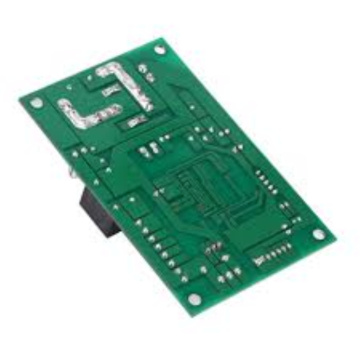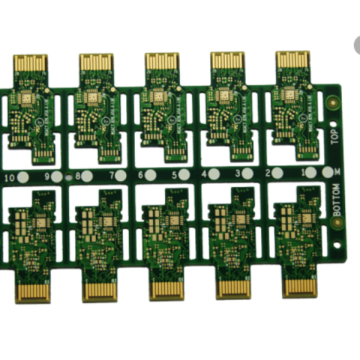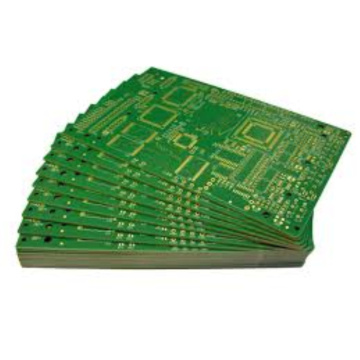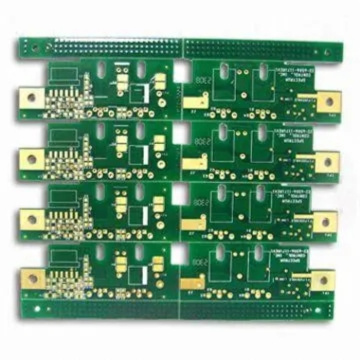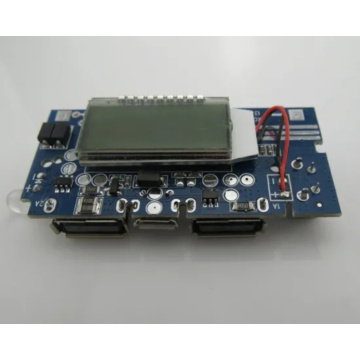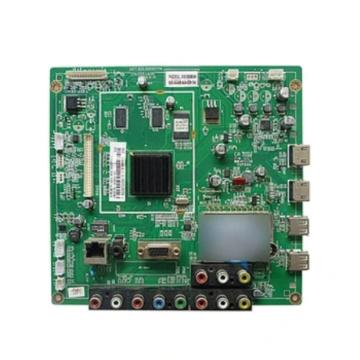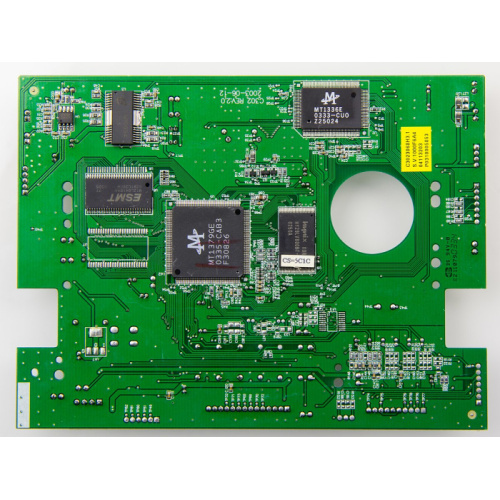
PCB Radio Frequency Printed Circuit Boards
-
$0.50≥1 Piece/Pieces
- Min. Order:
- 1 Piece/Pieces
- Min. Order:
- 1 Piece/Pieces
Your message must be between 20 to 2000 characters
Contact NowHow do you handle a PCB board?
As the update speed of electronic products accelerates, the number of printed circuit boards (PCBs), which are the main electronic components waste, like ,Electronic connectors,Electronic Resistor and Capacitor ,and Etc .is also increasing.
1 .Physical Method
The physical method is the use of mechanical means and the difference in PCB physical properties to achieve recycling.
1.1 Broken
The purpose of crushing is to dissociate the metal in the waste printed circuit board from the organic matter as much as possible to improve the separation efficiency. The study found that when the metal is broken at 0.6mm, the metal can basically reach 100% dissociation, but the choice of the crushing method and the number of stages depends on the subsequent process.
1.2 Sorting
Separation is achieved by using differences in physical properties such as material density, particle size, conductivity, magnetic permeability, and surface characteristics. Currently widely used are wind shaker technology, flotation separation technology, cyclone separation technology, float-sink separation and eddy current separation technology.
2 Supercritical technology treatment method
Supercritical fluid extraction technology refers to a purification method that uses the influence of pressure and temperature on the solubility of supercritical fluids to perform extraction and separation without changing the chemical composition. Compared with traditional extraction methods, the supercritical CO2 extraction process has the advantages of environmental friendliness, convenient separation, low toxicity, little or no residue, and can be operated at room temperature.
The main research directions on the use of supercritical fluids to treat waste PCBs are concentrated in two aspects: First, because supercritical CO2 fluid has the ability to extract resin and brominated flame retardant components in printed circuit boards. When the resin bonding material in the printed circuit board is removed by the supercritical CO2 fluid, the copper foil layer and the glass fiber layer in the printed circuit board can be easily separated, thereby providing the possibility of efficient recycling of materials in the printed circuit board . 2. Directly use supercritical fluid to extract metals from waste PCBs. Wai et al. reported the extraction of Cd2+, Cu2+, Zn2+, Pb2+, Pd2+, As3+, Au3+, Ga3+ and Ga3+ from simulated cellulose filter paper or sand using lithium fluorinated diethyldithiocarbamate (LiFDDC) as a complexing agent. According to the results of Sb3+ research, the extraction efficiency is above 90%.
Supercritical processing technology also has big defects such as: high selectivity of extraction requires the addition of entrainer, which is harmful to the environment; relatively high extraction pressure requires high equipment; high temperature is used in the extraction process and therefore high energy consumption.
3 Chemical method
Chemical treatment technology is a process of extraction using the chemical stability of various components in PCB.
3.1 Heat treatment method
The heat treatment method is mainly a method of separating organic matter and metal by means of high temperature. It mainly includes incineration method, vacuum cracking method, microwave method and so on.
3.1.1 Incineration method
The incineration method is to crush electronic waste to a certain particle size and send it to a primary incinerator for incineration, decompose the organic components in it, and separate the gas from the solid. The residue after incineration is the bare metal or its oxide and glass fiber, which can be recovered by physical and chemical methods after being crushed. The gas containing organic components enters the secondary incinerator for combustion treatment and is discharged. The disadvantage of this method is that it produces a lot of waste gas and toxic substances.
3.1.2 Cracking method
Pyrolysis is also called dry distillation in industry. It is to heat the electronic waste in a container under the condition of isolating the air, control the temperature and pressure, so that the organic matter in it is decomposed and converted into oil and gas, which can be recovered after condensation and collection. Unlike the incineration of electronic waste, the vacuum pyrolysis process is carried out under oxygen-free conditions, so the production of dioxins and furans can be suppressed, the amount of waste gas generated is small, and the environmental pollution is small.
3.1.3 Microwave processing technology
The microwave recycling method is to first crush the electronic waste, and then use microwave heating to decompose the organic matter. Heating to about 1400 ℃ melts glass fiber and metal to form a vitrified substance. After this substance is cooled, gold, silver and other metals are separated in the form of beads, and the remaining glass substance can be recycled for use as building materials. This method is significantly different from traditional heating methods, and has significant advantages such as high efficiency, rapidity, high resource recovery and utilization, and low energy consumption.
3.2 Hydrometallurgy
Hydrometallurgical technology mainly uses the characteristics of metals that can be dissolved in acid solutions such as nitric acid, sulfuric acid and aqua regia to remove metals from electronic waste and recover them from the liquid phase. It is currently the most widely used method for processing electronic waste. Compared with pyrometallurgy, hydrometallurgy has the advantages of less exhaust gas emissions, easy disposal of residues after metal extraction, significant economic benefits, and simple process flow.
4 Biotechnology
Biotechnology uses the adsorption of microorganisms on the surface of minerals and the oxidation of microorganisms to solve the problem of metal recovery. Microbial adsorption can be divided into two types: the use of microbial metabolites to immobilize metal ions and the use of microbes to directly immobilize metal ions. The former is to use the hydrogen sulfide produced by bacteria to fix it. When the surface of the bacteria absorbs ions to reach saturation, it can form flocs and settle down; the latter uses the oxidizing property of ferric ions to oxidize other metals in precious metal alloys such as gold. It becomes soluble and enters the solution, exposing the precious metal to facilitate recovery. The extraction of precious metals such as gold by biotechnology has the advantages of simple process, low cost, and convenient operation, but the leaching time is longer and the leaching rate is low, so it has not been actually put into use at present.




Related Keywords







